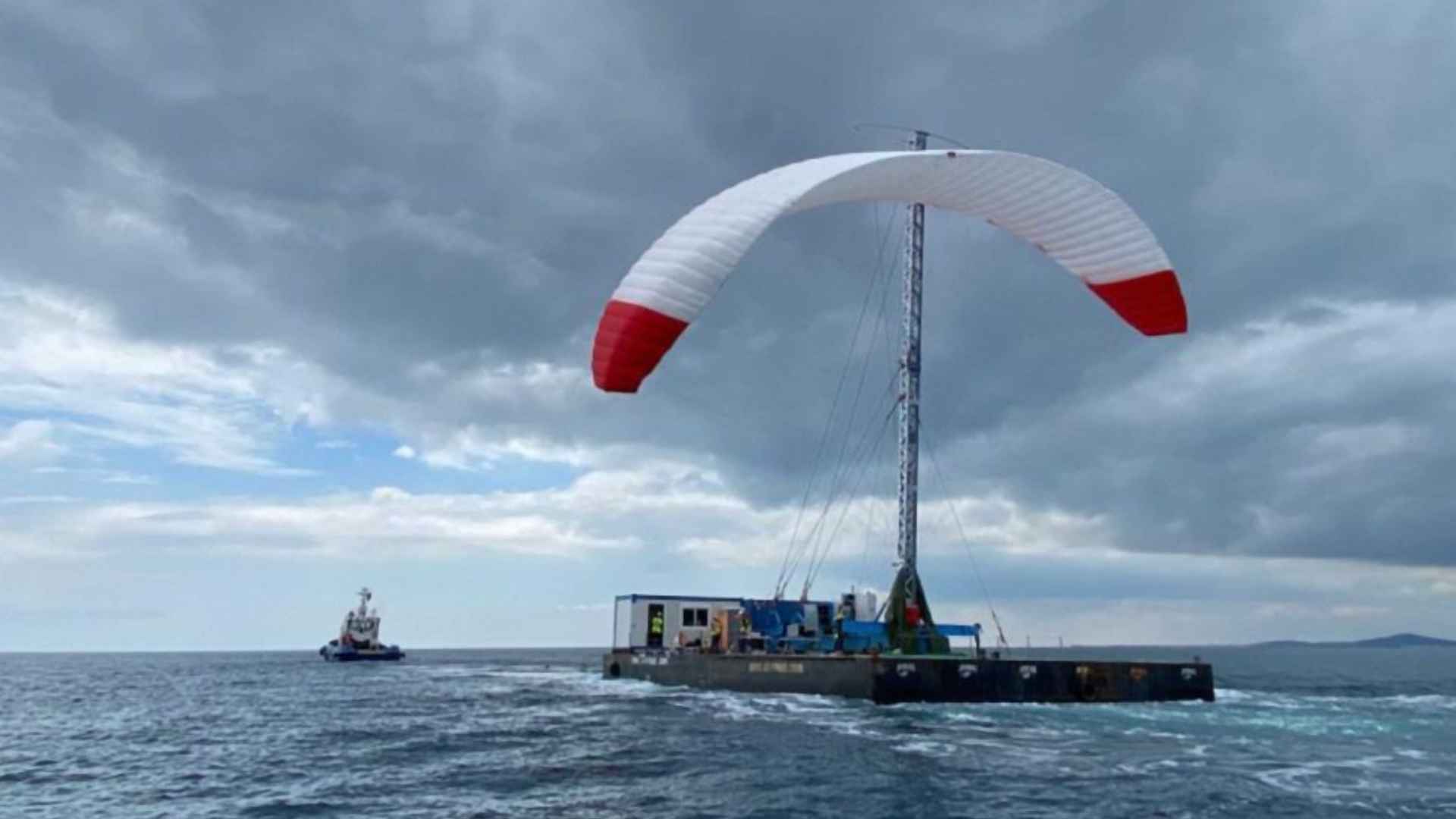New airborne wind system could rewrite America’s renewable energy playbook
Wind power may be about to get a growth spurt. A U.S. trial of 750‑meter‑high mechanical kites—three times the reach of standard turbines—aims to tap faster, steadier currents and deliver up to ten times more electricity per ton of material.
Why the 750‑meter altitude matters for capturing untapped stronger winds
At jet‑stream‑brushing heights, airflow is not only stronger but far more predictable. That steadiness means the grid can plan ahead, reducing costly backup generation. And let’s be honest—who wouldn’t prefer fewer giant towers on the horizon?
How the SkySails figure‑eight system converts airborne motion into ground power? Each soft‑fabric wing traces a looping figure eight, yanking a tether connected to a generator on the ground. The pull spins the drum, electricity flows, and the kite reels back in for another run. Think of it as dynamic yo‑yoing, but the prize is clean power, not a flashing toy.
What early test data reveal about costs, efficiency, and grid integration
Early field logs show maintenance crews need less steel, concrete, and downtime than comparable turbine farms. Below is a quick side‑by‑side snapshot.
| Feature | 200‑m turbine | 750‑m power kite |
|---|---|---|
| Primary material | Steel towers | High‑strength fabric |
| Land footprint | Large concrete pad | Compact ground station |
| Energy per ton | 1× (baseline) | Up to 10× |
| Deploy / stow time | Fixed installation | Hours, weather‑dependent |
So, who stands to gain? Rural co‑ops looking to boost local supply, grid operators chasing reliability, and households eager for greener bills.
What hurdles remain before kite power becomes a mainstream utility option
Permitting for airspace, scaling automated launch systems, and driving costs down through mass production remain on the to‑do list. However, even traditional turbines faced similar challenges in their early days. Consequently, investors are watching these flight tests closely.
Airborne wind might sound like science fiction, yet the numbers already suggest a practical, flexible complement to solar panels and ground‑based turbines. If ongoing trials confirm the projected gains, America’s clean‑energy mix could soon include fleets of tethered wings dancing high above our fields.

